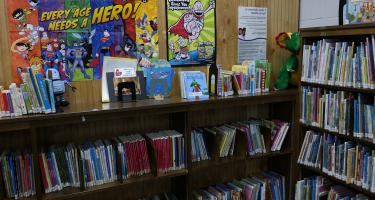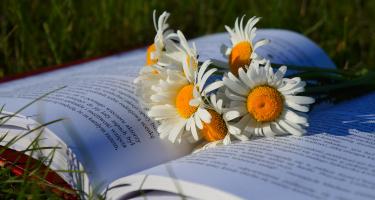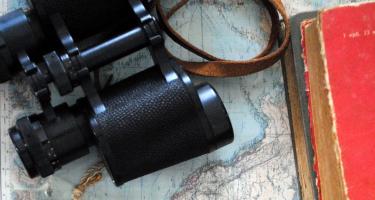
Rebecca E. Hirsch—Where Have All the Birds Gone? Nature in Crisis
Birds don’t see glass; some crash into skyscrapers and die. Free-ranging cats find birds easy prey. Pesticides harm insects essential to birds’ diets. In Where Have All the Birds Gone: Nature in Crisis, Rebecca Hirsch describes bird-friendly building and lighting tactics adopted by some cities, wetlands restoration, endangered species laws, and other efforts to save dwindling bird populations.








